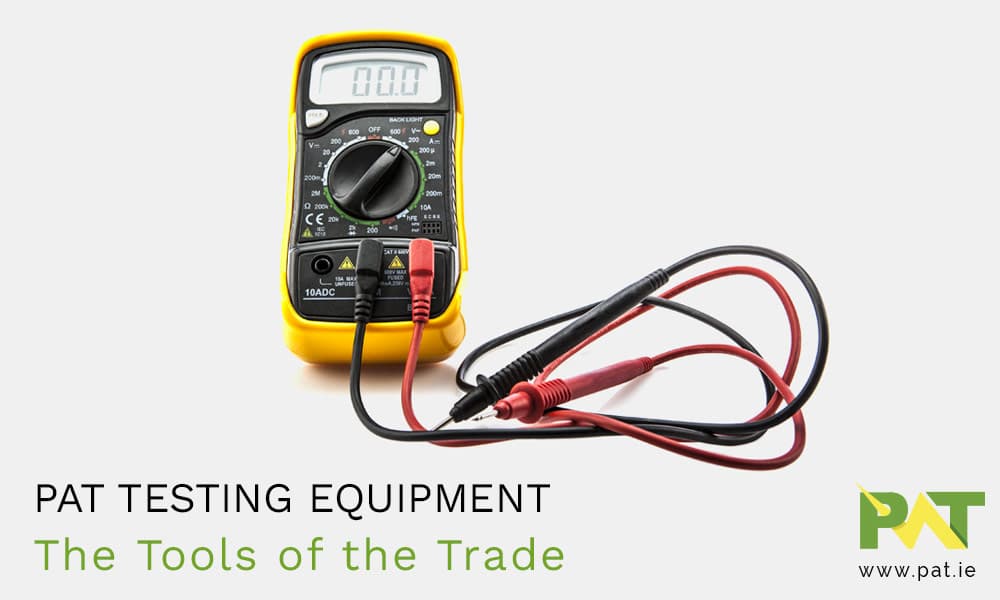PAT Testing requires a number of tools and formal training to operate specialised equipment and oversee visual inspections for testing services. While larger or more sensitive spaces and complex electrical works legally require a registered electrician to oversee installations, inspections and repairs, standard PAT testing is often carried out by trained technicians, who have knowledge of and certification for carrying out services and operating the PAT testing equipment needed to provide accurate readings for the final reports provided to business to demonstrate their compliance with health and safety workplace regulations.
PAT Testing Process
The testing process typically begins with a thorough visual inspection, which identifies more common issues such as exposed wires, cracked casings, missing earth pins, or loose connections before electrical testing begins. These visual inspections can be aided with tools such as multimeters (used to measure voltage, current and resistance), inspection lamps and cable strippers to carefully examine casings, cables and components for wear, damage and hazards. Likewise, technicians may use additional tools such as accessories like socket testers, IEC leads (power cables), and cord and plug adapters, according to the use and purpose of the electrical appliance.
PAT Testing Equipment
However, the main tool for PAT testing is a PAT tester, which is a unique device which performs a series of electrical safety checks on appliances, and are regularly calibrated to ensure accurate readings. The PAT testing machines measure polarity, earthing, insulation resistance and current flow, in addition to the load and function of appliances. These machines have the capability for seamless data input from measurements taken from appliances and their details (such as location or ID number), which provides the tester with the ability to provide faster and more comprehensive reports to clients and aides businesses as a reference for health and safety regulations and demonstrating compliance for workplace safety and insurance purposes. Similarly, PAT testing machines also have the ability to measure and compute for automatic sequencing, which aides with inspections in large-scale industrial, corporate or construction settings.
PAT Testing Machine Results
Once the service is complete, the PAT testing machine will display results as pass/fail, along with the specific measurements of the appliance. For appliances that pass, labels are applied showing the testing date, technician’s initials, and the date for the next recommended service interval; however, for appliances which fail and require repair or replacement, their results will be provided for record, but some repairs may be able to be completed on the day and any faulty or hazardous appliances will be removed by technicians immediately during service for safety.
Who Can Use PAT Testing Equipment?
As noted above, not everyone can conduct a PAT testing service, especially as the tools needed can only be acquired by registered electricians within the trade. However, you do not have to be a registered electrician to be employed to conduct testing, as training and certification can be obtained through hands-on and theory based courses which are informed by the most current health, safety and electrical regulations required for PAT testing services.
PAT Testing Ireland
We offer comprehensive PAT Testing services and advice and practical solutions to keep your business safe. Give us a call now on 01-9602636 or contact us online for more info.
If you found this post helpful make sure you check out our post about Electrical Building Services.
